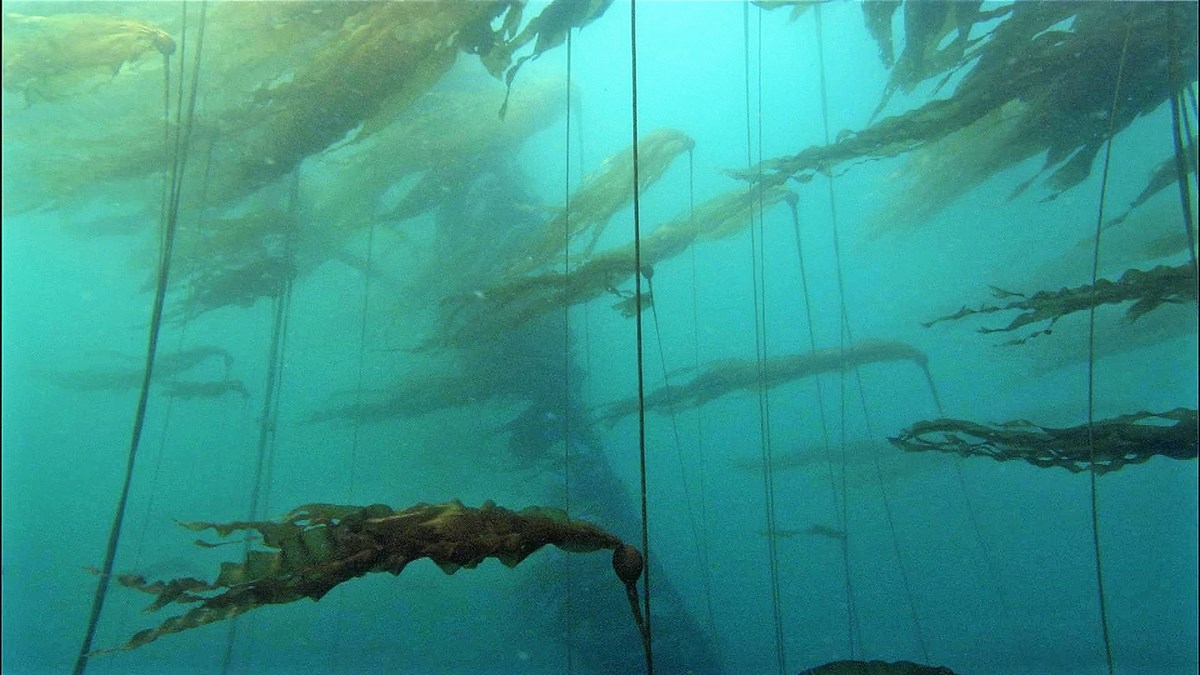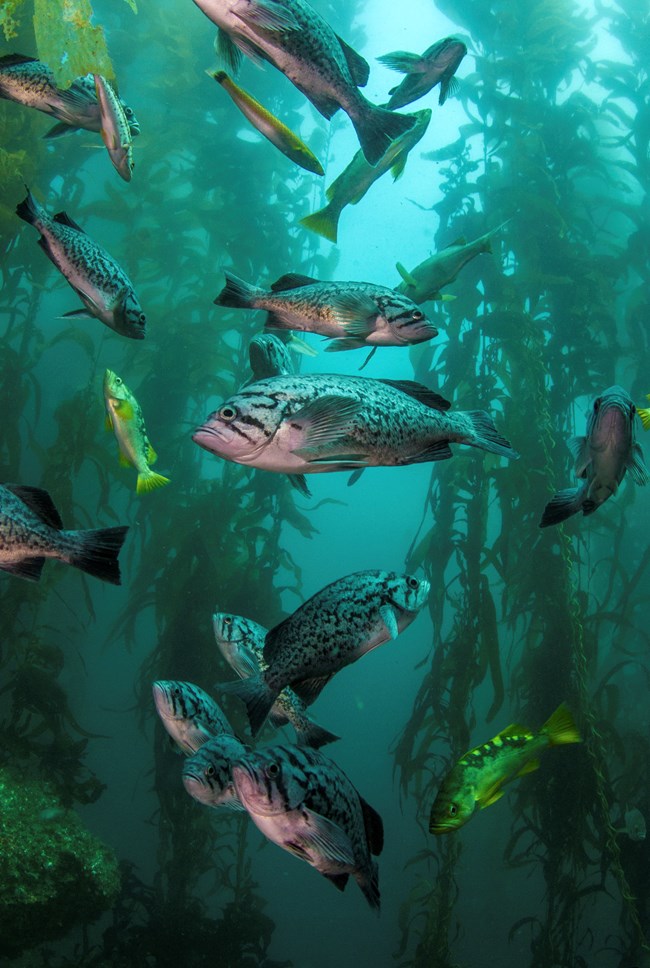Physically formed by brown macroalgae kelp forests provide a unique habitat for marine organisms and are a source for understanding many ecological processes.
Kelp forests massive floating mats.
Some members of the class.
With the kelp forest in the images isolated byrnes and his colleagues will analyze the results to help estimate how much total carbon over time across the globe is locked up in giant kelp.
Kelp forests occur worldwide throughout temperate and polar coastal oceans.
The first few months of floating forests have been a huge success and we are hopeful that we will soon be able to expand the project to other regions cavanaugh said.
These two coastal kelp beds are located near san diego and los angeles respectively and are infamous for sustaining massive kelp loss in the first half of the 1900s.
Our ultimate goal is to cover all the coastlines of the world that support giant kelp forests.
Another example is sargassum which creates unique floating mats of seaweed in the tropical waters of the sargasso sea that serve as the habitats for many species.
Kelp forests like these contain a high level of biodiversity.
In 2007 kelp forests were also discovered in tropical waters near ecuador.
Dec 14 2017 today at agu17 dr.
This was due to a variety of factors some natural and some human but it seems that urban sewage discharge was the straw that broke the kelp forests back.
Tiered like a terrestrial rainforest with a canopy and several layers below the kelp forests of the eastern pacific coast are dominated by two canopy forming brown macroalgae species giant kelp macrocystis pyrifera and bull kelp nereocystis leutkeana.
Many brown algae such as members of the order fucales commonly grow along rocky seashores.
Visitors to the floating forests website will see thousands of images from giant kelp forests in chile south africa and other coastlines around the world.
Jarrett byrnes an assistant professor at the university of massachusetts boston is giving a talk about the huge citizen science kelp mapping endeavor called floating forests.
Over the last century they have been the focus of extensive research particularly.
Also like a terrestrial forest kelp forests experience seasonal changes.
This is perhaps the main reason why we are so interested in kelp in the first place and so far floating forests has allowed us to build some of the most complete kelp forest datasets around.
In ideal conditions kelp can grow up to 18 inches per day and in stark contrast to the colorful and slow growing corals the giant kelp canopies tower above the ocean floor.
When kelp dislodges from its holdfast it forms a floating mat known as a kelp paddy.
Soon we will be adding a new set of images to the project this time examining a few key high risk locations with a fine toothed comb.
Like trees in a forest these giant algae provide food and shelter for many organisms.
Fish that do not live in the kelp benefit from the animals that grow there as forage items illustrating the effects of kelp extend beyond the boundaries of the forest.




























